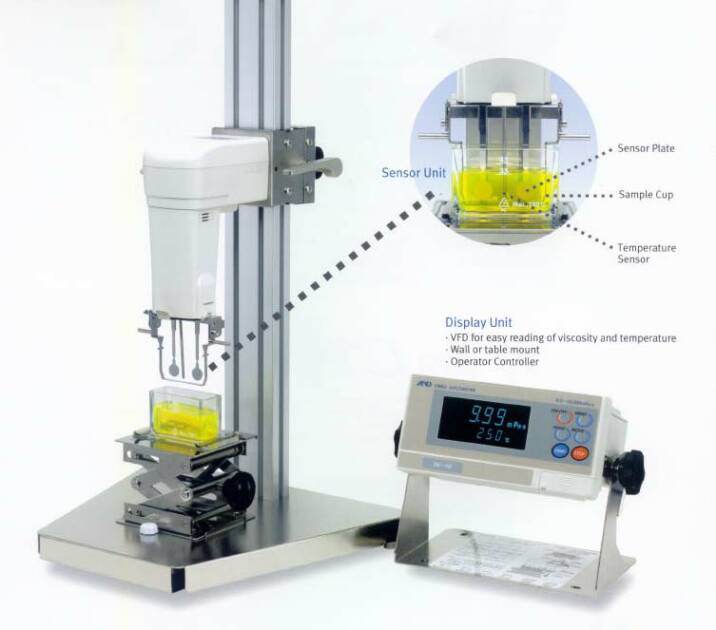

In use, liquid is drawn into the upper bulb by suction, then allowed to flow down through the capillary into the lower bulb. Above there is a bulb, with it is another bulb lower down on the other arm. In one arm of the U is a vertical section of precise narrow bore (the capillary). Another version is the Ubbelohde viscometer, which consists of a U-shaped glass tube held vertically in a controlled temperature bath. These devices are also known as glass capillary viscometers or Ostwald viscometers, named after Wilhelm Ostwald. Ostwald viscometers measure the viscosity of a fluid with a known density. Standard laboratory viscometers for liquids These values are used for calibrating certain types of viscometers.

s and its kinematic viscosity (product of flow time × factor) is 1.0022 mm 2/s.The flow conditions must have a sufficiently small value of Reynolds number for there to be laminar flow.Īt 20 ☌, the dynamic viscosity (kinematic viscosity × density) of water is 1.0038 mPa The drag caused by relative motion of the fluid and a surface is a measure of the viscosity. In general, either the fluid remains stationary and an object moves through it, or the object is stationary and the fluid moves past it. Viscometers can measure only constant viscosity, that is, viscosity that does not change with flow conditions. Thus, a rheometer can be considered as a special type of viscometer. For liquids with viscosities which vary with flow conditions, an instrument called a rheometer is used. Scientific instrument used to measure viscosityĪ viscometer (also called viscosimeter) is an instrument used to measure the viscosity of a fluid.


 0 kommentar(er)
0 kommentar(er)
